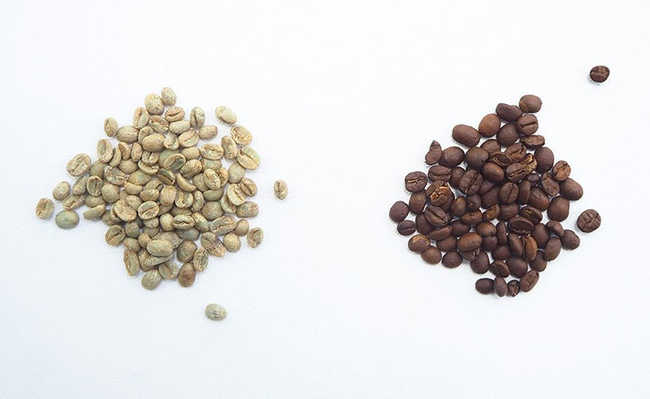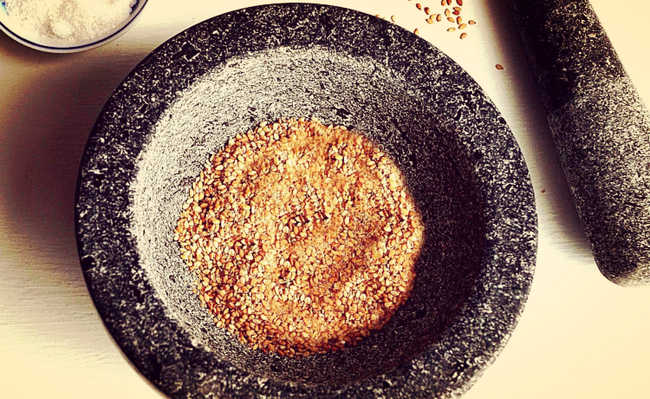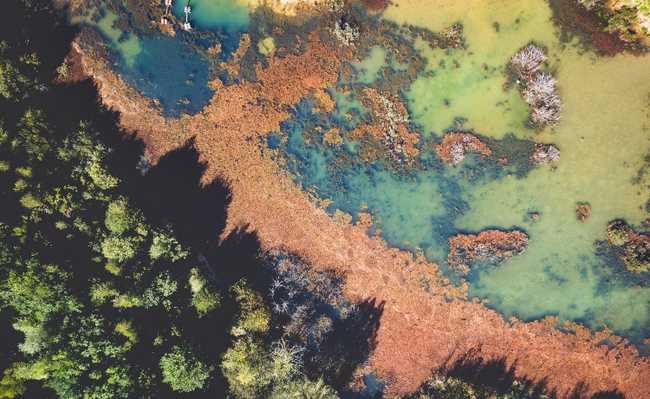Star anise: what is it for and benefits
Star anise can be used as an anti-inflammatory, calming and digestive, but its consumption requires some care

fernando zhiminaicela image by Pixabay
Star anise, also popularly known as Chinese anise, Siberian anise, badian and Chinese fennel, is a plant native to China and Vietnam. Star anise is a spice known for its culinary and medicinal use and has a very pleasant aroma. Scientifically, star anise is called Illicium verum.
In popular culture, star anise is known to treat seafood poisoning, to be antiseptic, anti-inflammatory, calming, digestive and diuretic. In cooking, it is used mainly as a flavoring for pasta, soups and broths, among others. But you must be careful with the amount ingested, as star anise can have toxic effects. Care must also be taken not to confuse star anise with Japanese anise species, which are extremely poisonous.
Star anise properties
Antimicrobial
A study published by Phytotherapy Research showed that star anise has potent antimicrobial properties. The study's analysis concluded that these antimicrobial properties are due to a substance called anethole, present in dried fruit. Studies that specifically analyzed anethole showed that the substance has properties against bacteria and fungi.
natural repellent
A study published by the National University of Singapore distilled star anise's main active compound through vaporization and tested its repellent capabilities in two species of beetles. The study concluded that the active star anise compound has toxic effects on adult beetles of the species Tribolium castaneum and Sitophilus zeamais. However, the poisoned insects were able to recover after being removed from exposure to the toxin. Therefore, the anethole present in star anise showed very weak repellent activity against both beetle species.
Analgesic, sedative and convulsive effects
The magazine Elsevier published a study that showed the effect of star anise on mice. Isolated compounds of star anise veranisatins A, B and C ingested at a rate of 3 mg per body kilo produced convulsive effects and lethal toxicity in mice. At low doses, such as 0.5 or 1 mg per kilogram, hypothermic effects without seizures have been observed. Veranisatin A was further tested for its analgesic and sedative effects and exhibited analgesic effects at an oral dose of 0.1 mg per body kilogram.
anise liqueur
Star anise is also consumed as a liqueur (but remember not to confuse it with Japanese anise, which is highly poisonous).
Star anise liqueur recipe
Ingredients
- 1 and 1/2 cup (360 ml) of water
- 2 cups (320 g) of sugar
- 5 stars of anise
- 750 ml of grain alcohol
Method of preparation
- Boil water with sugar and anise
- leave for another 10 minutes
- Remove from heat and add alcohol
- Place in a jar with a lid and leave for 12 days
- Strain into paper filter
Star anise tea
To make star anise tea, use just one teaspoon of star anise to a quart of boiling water. Smother the mixture for ten minutes and drink no more than two cups of tea a day.
star anise bath
In some esoteric practices, star anise bath is applied to bring a feeling of lightness and well-being. The star anise bath can be done by immersing in a bathtub with star anise or using running water, applying a mixture of hot water (at a pleasant temperature) with the plant.
A star anise bath can also include other relaxing herbs and essential oils. Understand this topic better in the article: "What are essential oils?"










